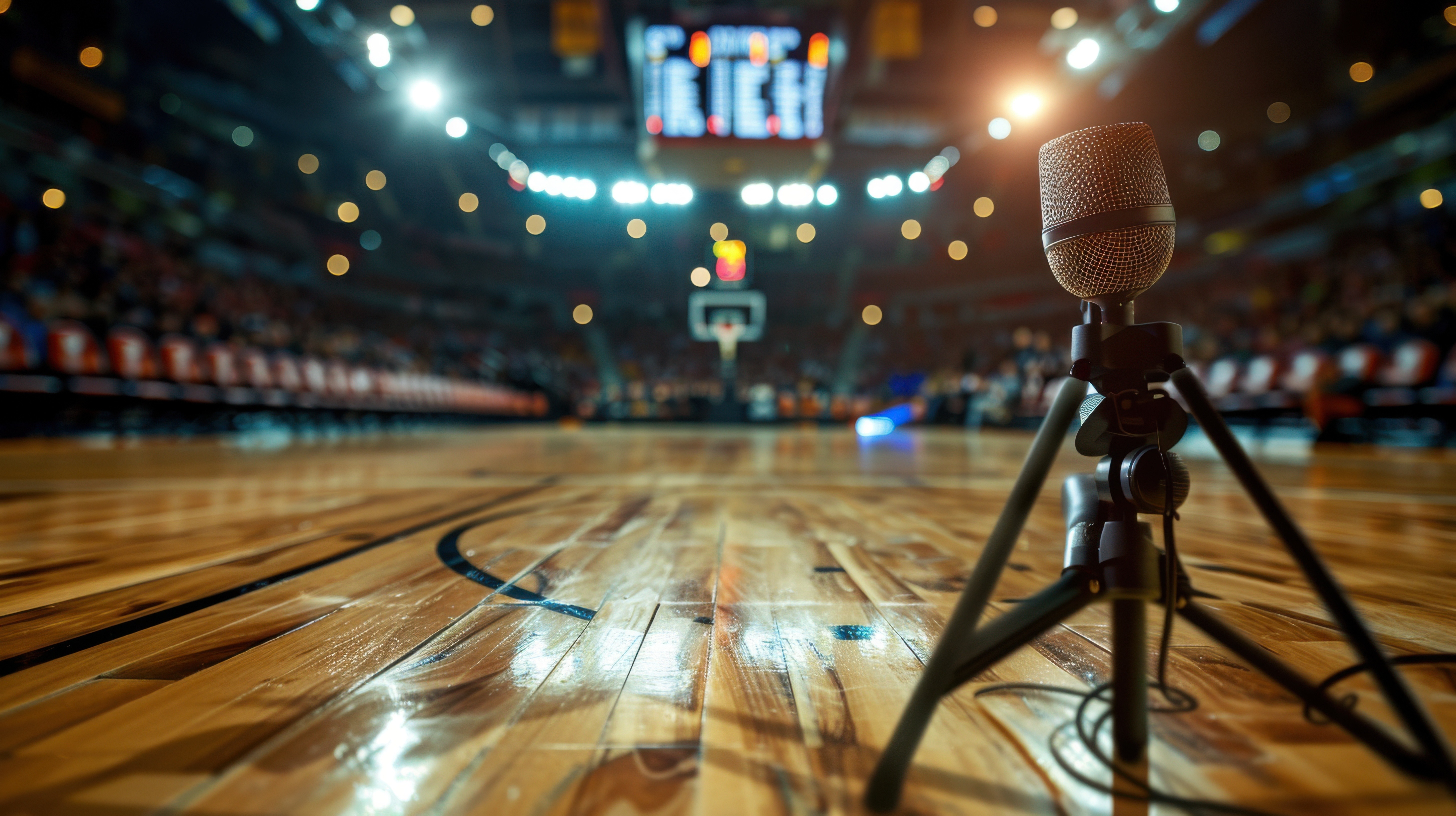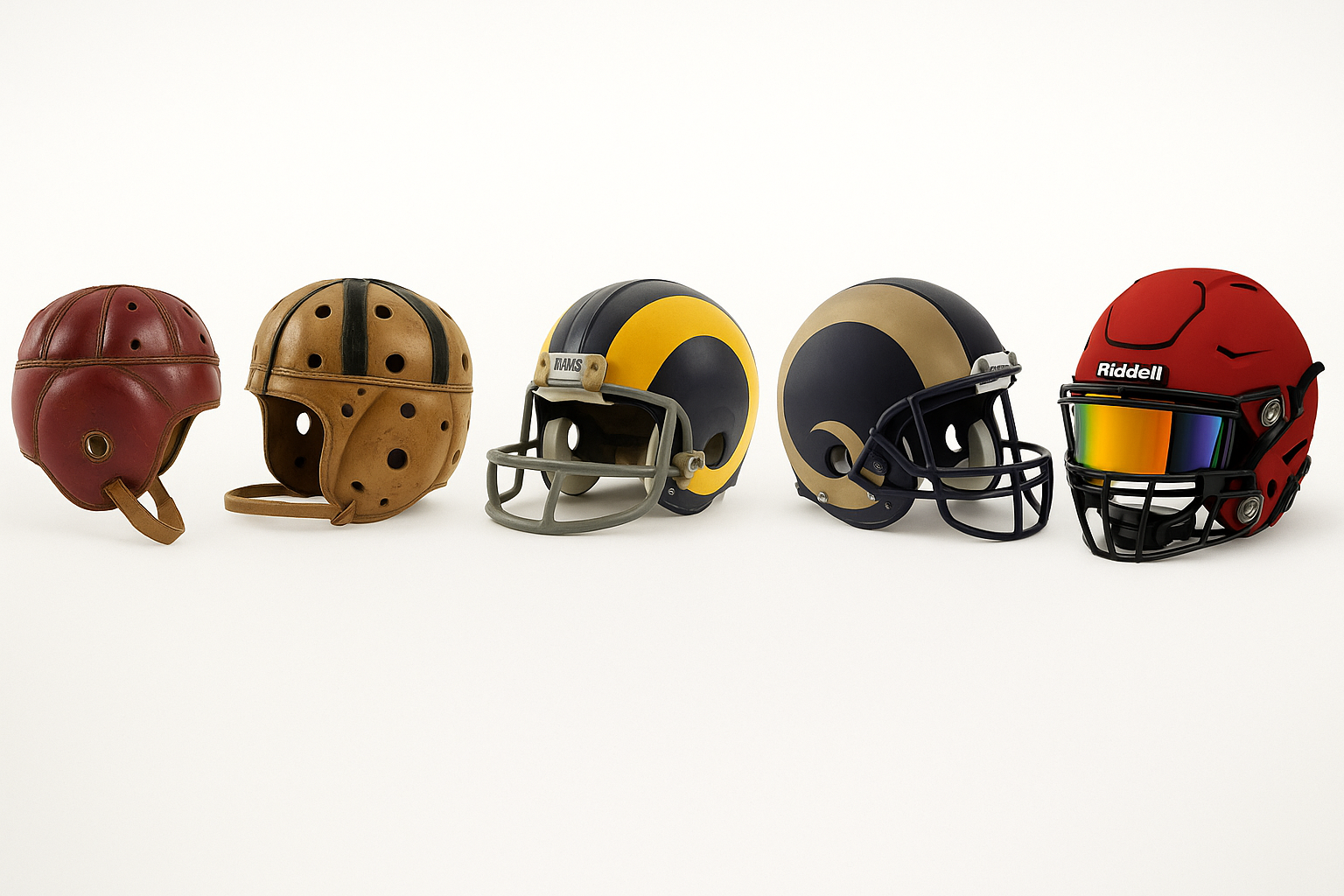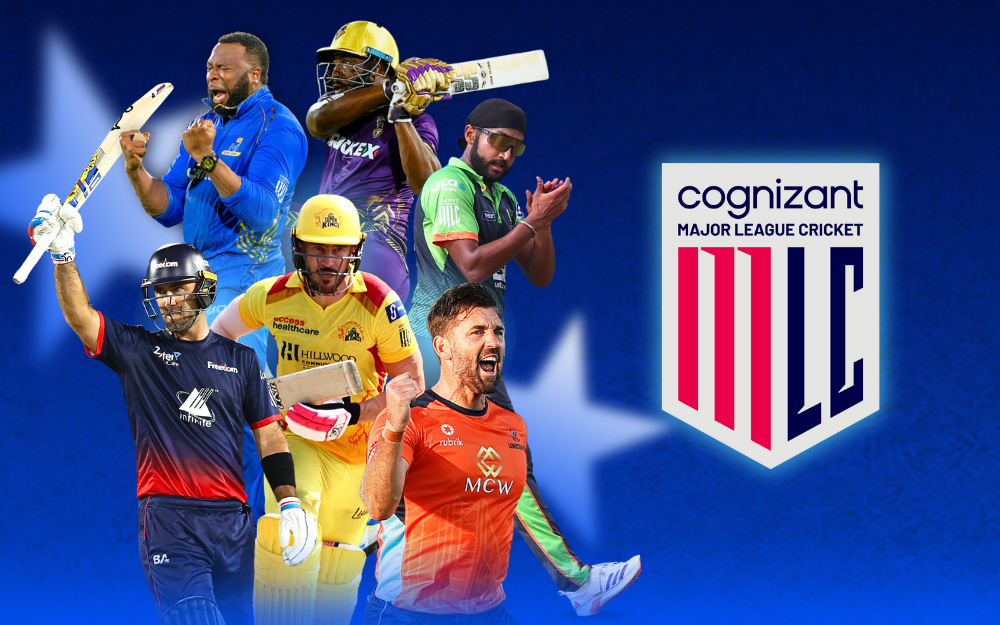Mic Check. One-Two-One-Twenty?

As the National Association of Broadcasters Conference is underway in Las Vegas we’re breaking down just how many mics it takes, to make the show go on.
Whether hearing about the National Association of Broadcasters Show in Las Vegas taking place this week came first, or one of those quirky little questions I get at live events… Well, I’ll let you decide, but this week’s breakdown delves into just how many mics, voices behind the mics, and support behind the voices it takes to successfully produce a live basketball game in the NBA.
I should note The NAB Show plus the nail-biting competition in the Western Conference right now with the Clippers, Grizzlies, Lakers, Nuggets, Timberwolves, and Warriors (yes I needed to name them all), vying for a spot to avoid the play-in tournament absolutely moved this question to the top of my list.
Types of Mics
First, it should be pointed out that there are three different core microphone systems in place at a game:
- Court-embedded Mics
- Ambient & Crowd Mics
- Announcer & Personnel Mics
All types above are incredibly unique and each deserving of their own little shout-out.
Court-Embedded Mic
The court-embedded mics consist of 30-40 contact microphones mounted under the court to capture sounds like sneaker squeaks, rim rattles, and ball impacts to help audiences abroad feel like they’re in the arena. Backboard and rim mics consist of 2-4 microphones placed behind the backboard or as close to the rim hinge as possible so that fans aren’t just imagining it, when they say they heard the actual swish of the ball through the net.
Crowd Mic
Next up your ambient and crowd mics. Shotgun microphones* are positioned high above the court and around seating areas to capture crowd noise and the atmosphere of the arena. However, there is quite a bit of strategy that goes into placing to avoid isolating individual fan shouts and those choice words directed at players or refs.
Lavalier Mic
Now some might say the stars of the show are the microphones for the announcers and personnel. These include headsets for play-by-play and color commentators, Lavalier mics (the small microphones also known as a lapel or clip-on mic) for sideline reporters, referees, and coaches, and lastly, what has turned into a fan favorite - the Q5X PlayerMic Transmitters which are placed on select players to capture on-court dialogue.
What It Takes
Your standard NBA Game therefore takes 50-60 microphones combining the embedded, ambient, and personnel mics. When paired with a production team, spotters, statisticians, and producers, fans are left with a layered approach ensuring viewers experience both the visceral sounds of gameplay and the energy of the arena.
So to those contributing their voices and their talents on game day, this fan solutes you! To those in the sports production industry looking for their next commentator, put me in coach - I have a great face for the radio.
*A Shotgun microphone is a highly directional type of microphone designed to capture sound from a specific direction while rejecting noise from other directions. Its name derives from its long, narrow shape, resembling the barrel of a shotgun
.


